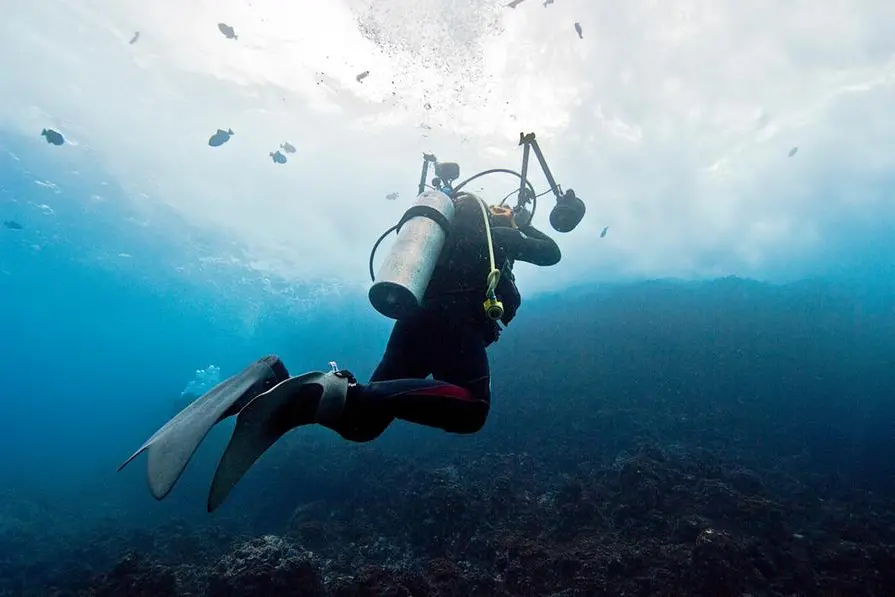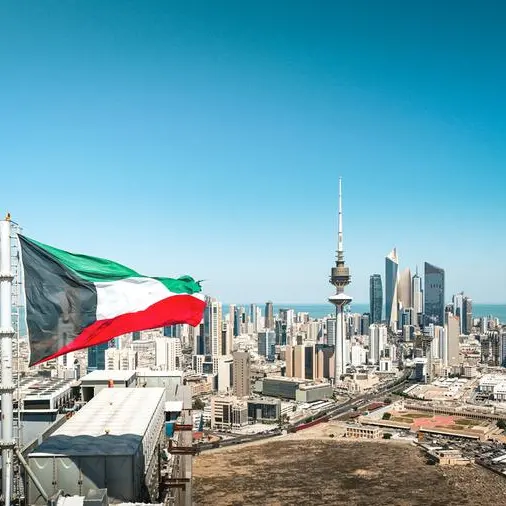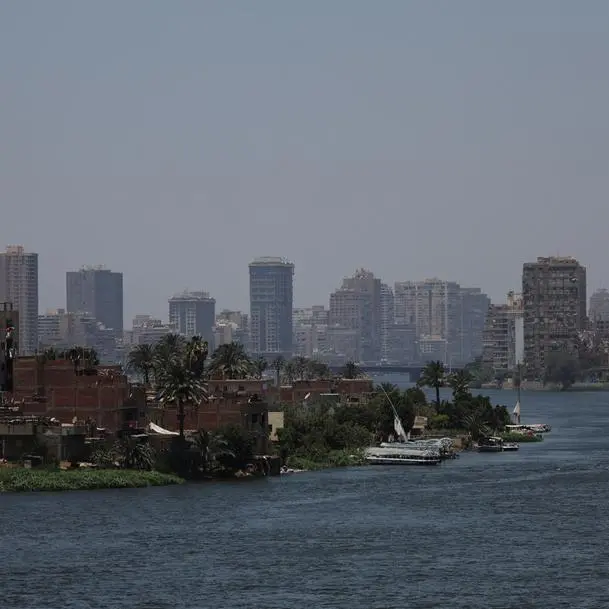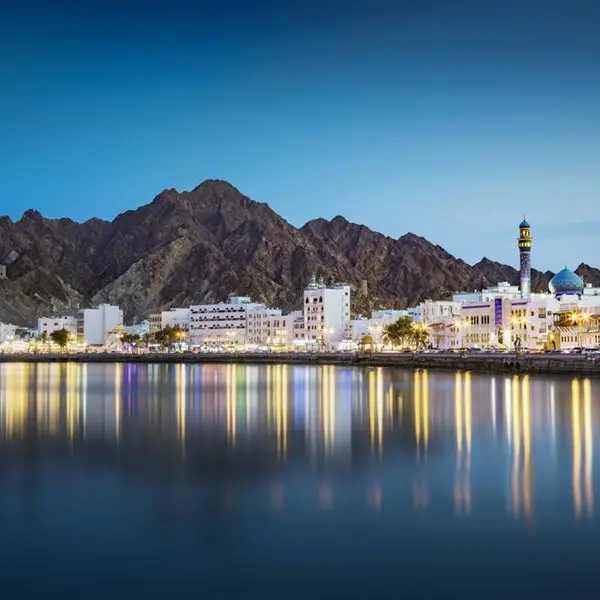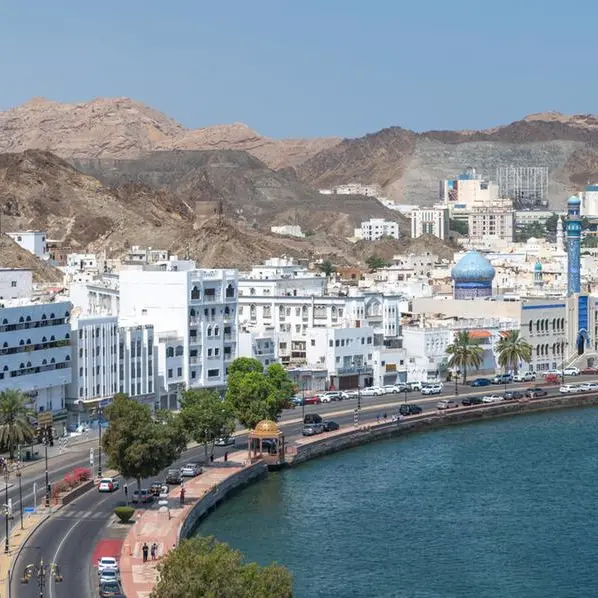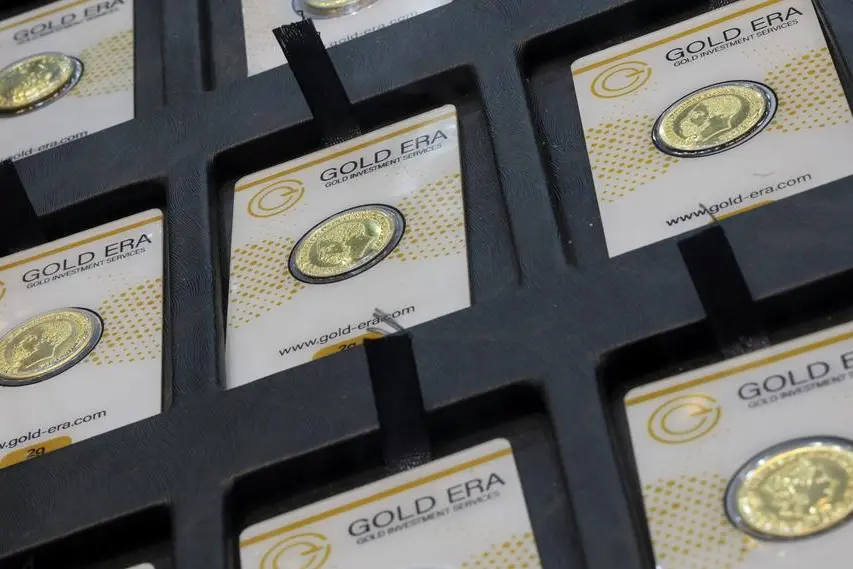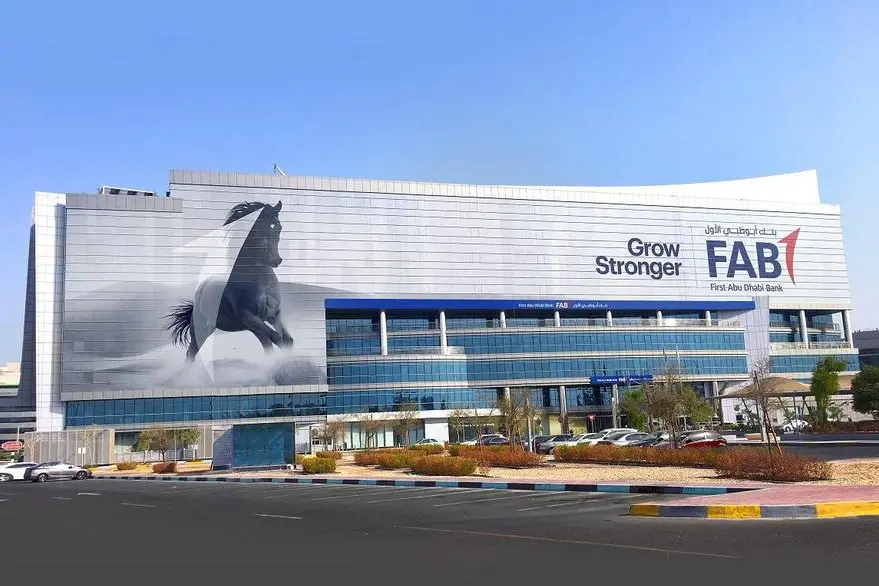PHOTO
Scuba diver taking underwater picture. Getty Images Image used for illustrative purpose
Our ocean is the least explored part of our great world, and we are only just beginning to discover it with ease. The Sultanate of Oman is home to a unique and diverse underwater ecosystem that includes a stunning range of diverse diving sites, from the Musandam Peninsula north of the Dimaniyat Islands to the coral reefs of shipwrecks. It has lured in an increasing number of local and international scuba divers excited to explore its vibrant marine life consisting of whale sharks, dolphins, turtles, and more in this mesmerizing activity that is actually newer than many would assume.
The first underwater explorations and earliest types of equipment for underwater work began with the use of diving bell chambers between the 1600s and 1800s. This cable-suspended chamber was submerged in the water, transporting divers in and out of its depths, and was often used to salvage cannons, metals, and other precious materials. The first diving suits were created in the early 18th century, using a wooden barrel and a glass viewing port limited in terms of depth and duration to allow dives of about 20–30 meters for about 30 minutes only. The 1940s then saw the invention of the Self-Contained Underwater Breathing Apparatus (SCUBA), pioneered by Jacques Cousteau and Émile Gagnan.
Technology continued to advance in time, and through much trial and error, developing the right mixed gas (of helium and oxygen), utilizing rebreathers that filtered CO2 and added oxygen, and enhancing the mobility of our diving suits, until over 3 centuries later, we fine-tuned this technology to develop equipment that allows the recreational diver to dive for longer periods and in more extreme conditions than ever before.
Today, the developing diving infrastructure has evolved to include certification with organizations such as the Professional Association of Diving Instructors (PADI), working alongside local dive centres to provide safe, certified courses and promoting the popularity of the activity. Diving spots, including Fahal Island, Bandar Khairan, and the Dimaniyat islands, are becoming more accessible as people discover the unique and diverse wonders of our Sultanate’s waters.
There are many different elements one must learn in the art of scuba, from using the basic scuba mask and fins to buoyancy control, equalization, underwater sign communication, safety procedures, and more.
As scuba diving in Oman grows in popularity, supported and protected by government and environmental organizations focusing on marine conservation to protect the country’s delicate coral reefs and marine life, the government also implements strict regulations to protect coral reefs, control overfishing, and limit the environmental impact of tourism. With diving centres increasingly promoting eco-friendly practices, such as “leave no trace” diving and educating divers on marine conservation, and several marine protected areas (MPAs), including the Daymaniyat Islands Nature Reserve, which is a UNESCO-recognized site to help preserve biodiversity and promote sustainable diving practices.
Najah Al Riyami 2022 © All right reserved for Oman Establishment for Press, Publication and Advertising (OEPPA) Provided by SyndiGate Media Inc. (Syndigate.info).
Najah Al Riyami
